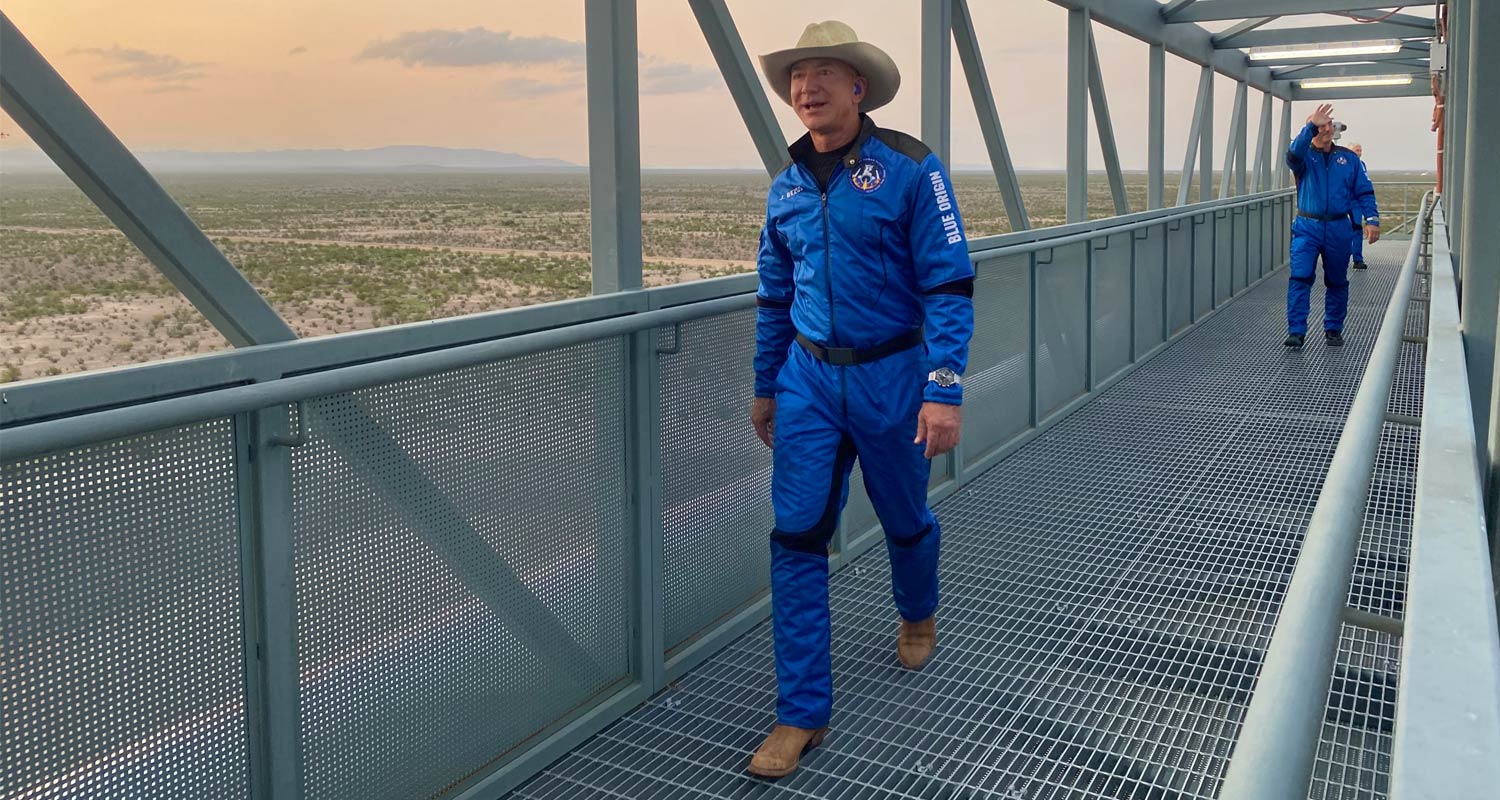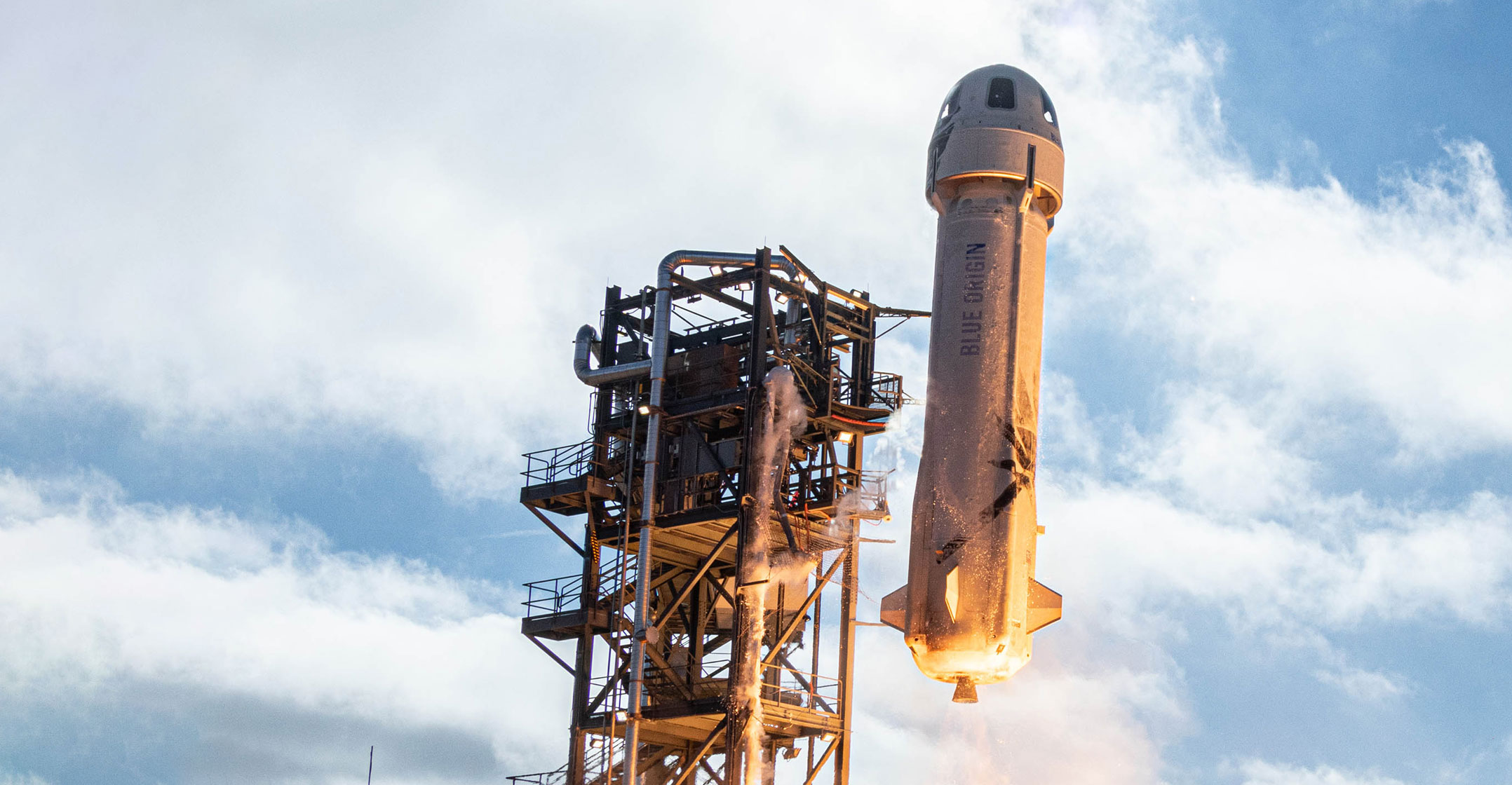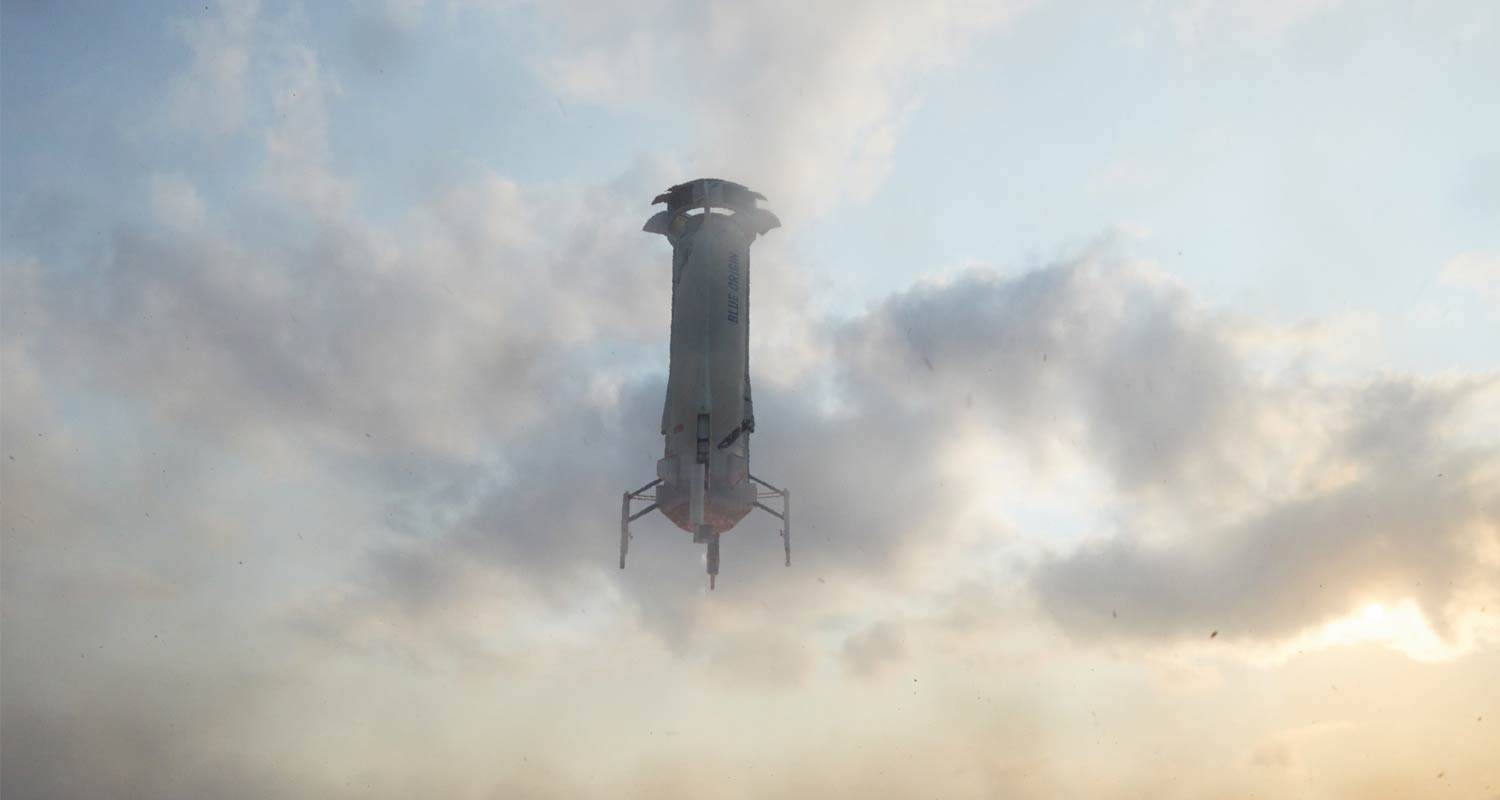
Blue Origin sustained failures in recent weeks of testing including a factory mishap that damaged a portion of a future New Glenn rocket, the long-awaited centrepiece of the Jeff Bezos-backed start-up’s push to take on SpaceX.
The upper portion of one rocket crumpled into itself, in part due to worker error, while it was being moved to a storage hangar, according to people familiar with the situation. In a separate incident, another upper rocket portion failed during stress testing and exploded, the people said. Repairs are under way, another person said, noting there were no injuries during either episode.
The previously unreported incidents illustrate the hurdles Blue Origin is grappling with while ramping up production of New Glenn, which is four years overdue. At the same time, new CEO Dave Limp has hired a slate of executives to shake the company out of a years-long R&D slump.
Blue Origin is rushing to meet a tight deadline to debut the rocket in October for a Nasa mission called Escapade. New Glenn’s launch is set for roughly two months from now because at that time Mars will be close enough to Earth. After October, the planets won’t align like that again for roughly another two years.
It’s not clear whether the recent incidents would impact the launch schedule. The two mishaps involved hardware slated for the second and third flights of the New Glenn rocket, which are supposed to happen after the October debut. A Blue Origin spokesman said it’s on track to launch New Glenn this year and is working hard to make that happen.
The company has a lot of hardware in production for upcoming flights, the spokesman said, adding that Blue Origin is constantly testing its future hardware.
New Glenn
New Glenn is designed to take satellites — and eventually people — into Earth’s orbit. It’s key to Blue Origin’s ability to challenge Elon Musk’s SpaceX and Boeing and Lockheed Martin’s United Launch Alliance for lucrative US national security missions. It’s also central to clearing a backlog of commercial launches for satellite operators, including Amazon’s Project Kuiper, an initiative to expand global broadband access.
But first, the company is on deck to launch Escapade, an ambitious inaugural mission for Nasa that will send twin spacecraft to Mars to study the planet’s magnetic field.
The two spacecraft, built by Rocket Lab in collaboration with the University of California at Berkley, were recently completed and shipped to Florida for the launch. But the window when Earth and Mars are closest to each other on their orbits around the Sun closes this fall, and some within the company are questioning if the deadline can be met even with round-the-clock work.
Read: Blue Origin names former Amazon executive as CEO
All flight hardware is complete and the company is working on assembly and engine integrations, the Blue Origin spokesman said.
Even the most successful companies often face setbacks trying to inaugurate new rockets. Bezos, the world’s second-richest person and Amazon founder, has been trying to get Blue Origin to orbit for years.

Founded in 2000, a year before Musk’s now-dominant SpaceX, Bezos has bankrolled rocket and engine factories, sprawling launchpads in Texas and Florida and hiring sprees that have pushed its workforce north of 10 000 employees.
“A lot of rocketry was figured out in the 1960s,” Bezos told Everyday Astronaut during a tour of the New Glenn facility on 30 May. “The thing that’s not solved is making it low cost. That’s about reusability, manufacturing techniques and other things.”
Blue Origin has grappled with development delays, a sluggish corporate culture and explosive setbacks, including the recent episodes at its Florida rocket factory.
In the first of the recent cases, factory workers moved a huge section of New Glenn, destined for the rocket’s second flight, out of the Florida humidity and into an air-conditioned storage hangar. But they didn’t properly monitor the hardware or have pressure-release valves and it chilled down to the point where it crumpled into itself, like a crushed Coke can.
In the second instance, a portion of rocket meant for New Glenn’s third flight failed during stress testing and exploded in the building it was in.
Many employees have been working hard to try to meet the deadline for Escapade, with employees being recruited from other units to help support the New Glenn teams reach the launch window, one of the people said.
Amazon veteran
As part of efforts to kick Blue Origin into a higher gear, in December Bezos gave the top job to Limp, an Amazon veteran known for speedy execution and solving customer problems. Limp moved quickly to shake up the company, prioritising core projects — New Glenn, the BE-4 engine that powers it, and a moon lander for Nasa. The CEO also brought on executives across supply chain, finance and human resources.
Limp’s not done: as of 7 August, there were open positions for vice president of business operations and programme management and vice president of manufacturing automation — suggesting the company is looking ahead to a time when its flying to space more frequently.
The CEO didn’t have to start from scratch. Shortly after he started, Blue Origin finally resumed flights with its space tourism rocket. In June, the department of defence selected the company to compete for as much US$5.6-billion in contracts to launch future national security satellites into orbit. Blue Origin has touted a launch backlog worth $10-billion.

Additionally, over the last several months, Blue Origin has been able to overcome earlier hurdles to boost production and deliveries of its BE-4 engine, which also powers United Launch Alliance’s new Vulcan rocket.
“I’m feeling much better about BE-4s,” ULA CEO Tory Bruno said in a recent interview. “Their factory is up and running and engines are coming out. I’m much more comfortable now.”
Bezos has said Blue Origin “is the most important work I’m doing”. The Bloomberg Billionaires Index estimates that in 2021 he doubled the amount of money he was pumping into the company annually to $-billion. — Eric Johnson, Loren Grush and Rainier Harris, with Matt Day, (c) 2024 Bloomberg LP




